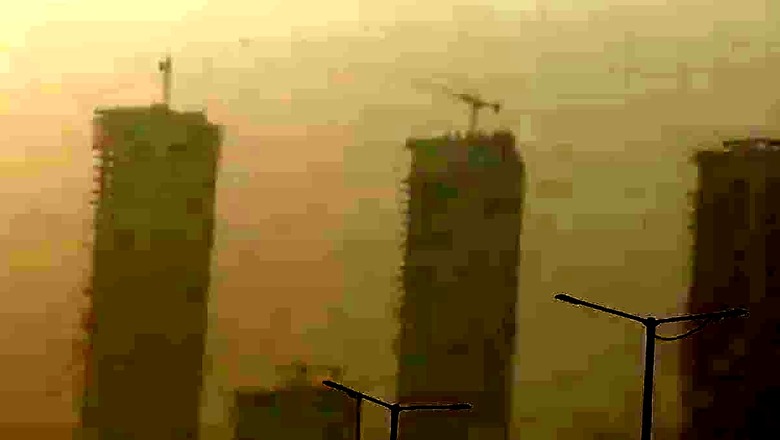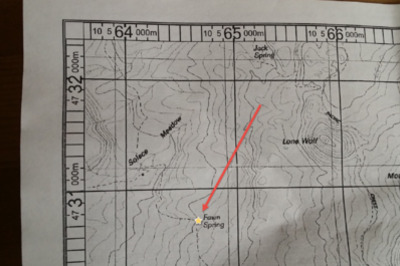
views
Delhi–NCR is engulfed in smog as winter approaches with the air quality getting worse. The average Air Quality Index (AQI) is above 310, and has been classified as “very poor.” As many as 36 monitoring stations that analyse the regional area show 26 red zones, particularly from Anand Vihar and Wazirpur. Meanwhile, a video clip making the rounds of the internet about the toxic smog engulfing the area near the Delhi-Noida border has come to light.
The video shows many tall structures surrounded by thick smog that makes the visibility almost nil. The video also features the unclear water of the Yamuna River. ANI captioned the clip saying, “Smog continues to envelop Delhi-NCR amid worsening air quality. Visuals from around the Delhi-Noida border.”
#WATCH | Smog continues to envelop Delhi-NCR amid worsening air quality. Visuals from around the Delhi-Noida border. pic.twitter.com/RFiDrY4lu8— ANI (@ANI) October 23, 2024
The winter of 2022-23 saw the cleanest air in Delhi since air quality monitoring began in 2018. AQI for PM2.5 particles averaged 160 µg/m³ during this winter, data collected by the Centre for Science and Environment pointed out. This was considered a great improvement compared to previous years. The highest level of pollution recorded was 546 µg/m³ in the winter of 2019-20.
Smog in Delhi is mainly contributed by stubble burning that goes on in neighbouring states such as Punjab and Haryana. However, the winter of 2023 recorded 43 per cent fewer instances, as per NASA’s VIIRS satellite, and as much as 49 per cent less, according to the MODIS satellite, than in 2022.
The beginning of winter blurs the weather conditions that lead to the accumulation of pollutants. Smog is worse at dawn because the wind speed is slow, and there is high humidity that slows the dispersion rate of pollutants.
Authorities have been directed to probe sources close to them causing deterioration of air quality. Other measures include the total ban on fire-crackers till January 1, 2025, because pollution levels are high during festivities.




















Comments
0 comment